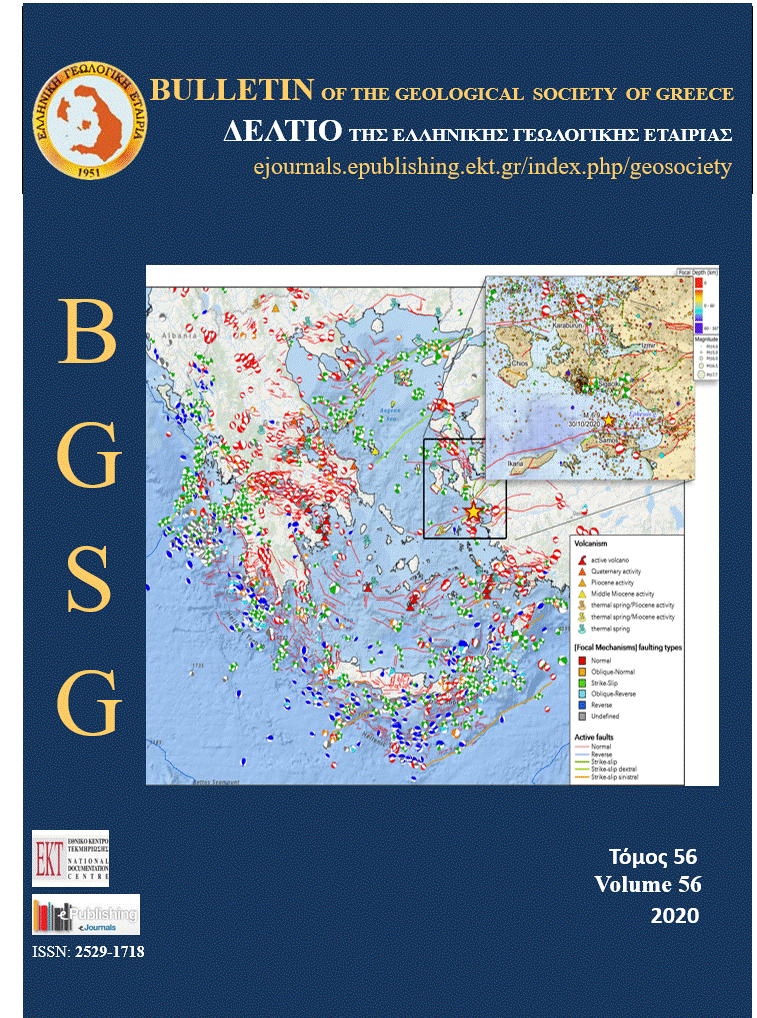A semi-quantitative method to combine tectonic stress indicators: example from the Southern Calabrian Arc (Italy)

Abstract
Databases of tectonic stress indicators are commonly based on different types of observations at different spatial and temporal scales. Each single indicator can be variously representative of the real stress field and the relative importance of all the indicators should be accounted for before any following elaboration. We propose a semi-quantitative procedure which assigns weights to each indicator on the basis of its quality and its representative volume. In this way the indicators can be reliably combined to produce, for example, stress field maps or stress trajectories. The proposed weighting criterion has been applied to a dataset of 440 crustal stress indicators specifically compiled, gathering focal mechanisms and geological data from the literature, and original data from structural features derived from devoted fieldwork, for the southern part of the Calabrian Arc (Italy). This area represents an interesting case study because of its complex geodynamic and structural arrangement. Data were ranked and the orientation of the minimum horizontal stress (Sh) has been interpolated and smoothed on a regular grid. We drew maps of the principal stress axes and inferred the stress regimes over the investigated area. Results are in agreement with independent information from the literature and display the non-uniform orientation of the tectonic stresses and the occurrence of perturbations both at regional and local scale.
Article Details
- How to Cite
-
Scudero, S., De Guidi, G., Caputo, R., & Perdicaro, V. (2020). A semi-quantitative method to combine tectonic stress indicators: example from the Southern Calabrian Arc (Italy). Bulletin of the Geological Society of Greece, 56(1), 280–316. https://doi.org/10.12681/bgsg.23485
- Issue
- Vol. 56 No. 1 (2020)
- Section
- Tectonics and Geodynamics

This work is licensed under a Creative Commons Attribution-NonCommercial 4.0 International License.
Authors who publish with this journal agree to the following terms:
Authors retain copyright and grant the journal right of first publication with the work simultaneously licensed under a Creative Commons Attribution Non-Commercial License that allows others to share the work with an acknowledgement of the work's authorship and initial publication in this journal.
Authors are able to enter into separate, additional contractual arrangements for the non-exclusive distribution of the journal's published version of the work (e.g. post it to an institutional repository or publish it in a book), with an acknowledgement of its initial publication in this journal. Authors are permitted and encouraged to post their work online (preferably in institutional repositories or on their website) prior to and during the submission process, as it can lead to productive exchanges, as well as earlier and greater citation of published work.


